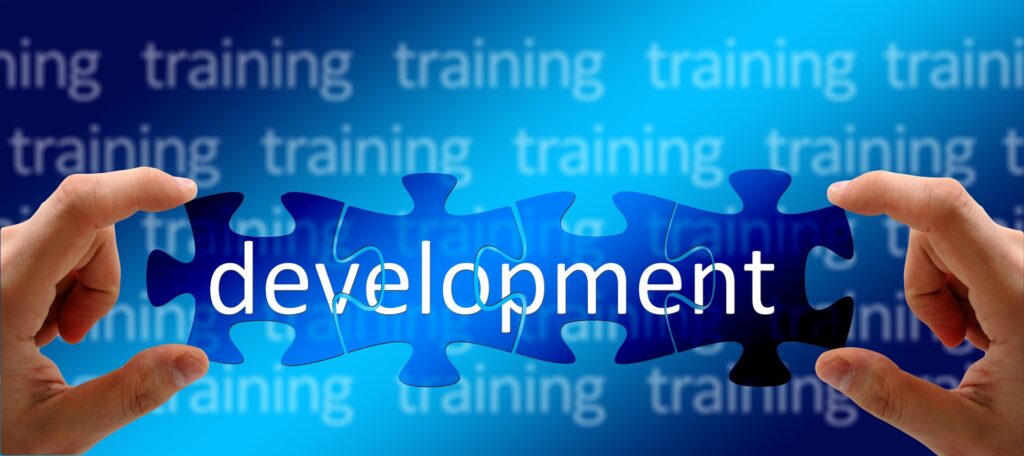Theories of Development: Concepts and Applications
theories of development concepts and applications, society, and nation undertakes to achieve progress. From psychological growth in individuals to economic advancement in nations, understanding theories of development is vital to unlocking potential and solving pressing challenges. In this blog, we will explore the foundational concepts, real-world applications, and how these theories shape our understanding of human behavior and societal progress.

What Are Development Theories?
Development theories are frameworks or models that explain the processes and factors driving human, social, and economic development. These theories span multiple disciplines, including psychology, sociology, and economics. They help us understand why and how development occurs and guide strategies to foster growth and improvement.
Why Understanding Development Theories Matters
Professionals across education, psychology, international relations, and policy-making use development theories to address real-world issues such as poverty, inequality, mental health, and education. For instance:
- Educators design curricula based on developmental stages of learning.
- Policymakers craft strategies to improve social mobility and reduce poverty.
- Psychologists apply theories to foster personal growth and resilience.
Core Theories of Development: Concepts and Key Insights
Let’s delve into some major theories, their concepts, and applications.
1. Cognitive Development Theory (Jean Piaget)
Concept: Piaget’s theory outlines how children develop cognitive abilities through four distinct stages: sensorimotor, preoperational, concrete operational, and formal operational.Application: This theory is widely used in education to design age-appropriate teaching strategies. For example, concrete operational learners (7–11 years) grasp logical concepts better with tangible examples.
Key Insight: Understanding cognitive stages helps educators and parents foster intellectual growth aligned with a child’s natural progression.
2. Psychosocial Development (Erik Erikson)
- Concept: Erikson proposed eight stages of psychosocial development, each characterized by a conflict (e.g., trust vs. mistrust, autonomy vs. shame) that must be resolved to foster healthy emotional growth.
- Application: Psychologists and counselors use Erikson’s framework to address developmental challenges, such as identity crises in adolescence.
Real-World Example: Programs aimed at reducing teen anxiety often target the identity vs. role confusion stage by promoting self-awareness and social belonging.
3. Sociocultural Theory (Lev Vygotsky)
Concept: This theory emphasizes the role of social interaction and culture in cognitive development. Learning is a collaborative process supported by a more knowledgeable individual (the “zone of proximal development”).Application: In classrooms, peer learning and teacher scaffolding are rooted in Vygotsky’s theory. Digital platforms like Duolingo also use collaborative feedback to accelerate learning
4. Human Development Index (Amartya Sen and UNDP)
- Concept: Moving beyond GDP, the HDI measures development using health, education, and income metrics to provide a holistic view of societal progress.
- Application: Governments use HDI to benchmark progress and prioritize investments in education and healthcare.
Fact: Norway consistently ranks at the top of the HDI, showcasing the importance of balanced social and economic development.
Bridging the Gap Between Theory and Practice
While theories provide a roadmap, practical applications are what bring them to life. Here’s how theories of development influence real-world decisions:
- Educational Policy: Governments use developmental theories to ensure students achieve their full potential. For example, Finland’s education system integrates Piaget’s cognitive development theory to promote creative and critical thinking.
- Social Programs: NGOs leverage psychosocial development theories to address youth unemployment and improve mental health.
- Economic Planning: Development economists use theories like the Modernization Theory to craft strategies that transition economies from agriculture to technology-driven industries.
Common Challenges in Applying Development Theories
Despite their utility, development theories face criticism:
- Context Sensitivity: Many theories are based on Western ideals and may not apply universally.
- Complexity: Simplistic applications can overlook cultural, historical, or economic factors.
Solution: Practitioners must adapt theories to the local context and integrate interdisciplinary insights for greater relevance.
Actionable Insights for Professionals
- Educators: Design age-appropriate and culturally sensitive lesson plans by combining Piaget’s stages with Vygotsky’s sociocultural insights.
- Policy Makers: Use data-driven approaches, like HDI metrics, to assess the effectiveness of development policies.
- Mental Health Professionals: Tailor interventions to the developmental stage of clients using Erikson’s psychosocial model.
Semantic Keywords to Explore
Developmental psychology frameworks
Social change models
Economic growth strategies
Cognitive learning theories
Conclusion
Understanding the theories of development: concepts and applications is not just an academic exercise—it’s a practical necessity. These frameworks provide valuable insights into the human experience, from nurturing a child’s potential to advancing global development. By applying these theories thoughtfully, educators, policymakers, and professionals can address real-world challenges and foster growth at every level.
Whether you’re a parent, teacher, or policymaker, the principles of development theory hold the key to creating a better future. Let’s embrace these insights and drive meaningful change!


